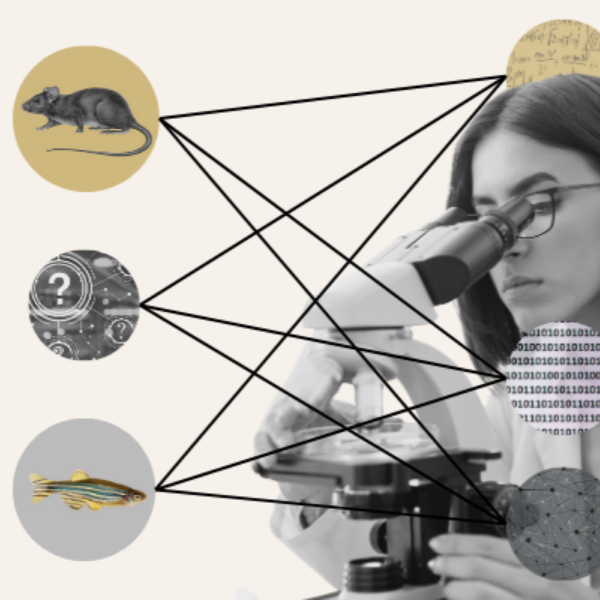Tinsley Johnson First Author of a New Study Published in "Proceedings of The Royal Society B" on Gelada Monkey Behavior
Elizabeth Tinsley Johnson and collaborators at the University of Michigan, Arizona State University and Stony Brook University in New York, studied a monkey species known as geladas in Ethiopia’s Simien Mountain National Park for 14 years.
Elizabeth's work shows that there is an interaction between biology, development, and behavior. Natural selection can shape a behavior just like it can a physical trait.
She is the first author of a new study, published earlier this month in the journal Proceedings of the Royal Society B. She and her colleagues discovered that there is an ideal group size for females and their young.
If the unit is too small (4 or fewer adult monkeys), the mortality rate for its females and infants is higher. And if the group is too large (more than about 8 adult monkeys), the infant mortality rate is also likely to be higher. The ideal group size appears to be in the middle, about 6 geladas. Females in small groups are most likely to die, which may be related to smaller units being forced into less desirable areas occupied by the gelada band. These areas may have less food, a greater vulnerability to predators, or both. In addition, females in both large and small groups are more likely to lose their infants to infanticide (specifically, adult males kill infants in a group) than are females in medium-sized groups.
Co-author Amy Lu, an assistant professor of anthropology at Stony Brook University, said, “Overall, our study findings show that optimal group size could actually be linked to infanticide risk as well as predation,” says “This has implications for a whole suite of group-living animals, such as other primates and lions, where infanticide may be a risk factor for female fitness and infant survival.”
Group size is dynamic, and the new research suggests that female geladas may have options to improve the outlook for themselves and their young.
Elizabeth said,“The next thing that we’re excited to look at is what females can do. They're not doomed to live all of their lives in groups of a static size.”
(Photo of geladas grooming each other taken by Elizabeth Tinsley-Johnson)



